That is, Les Ballets Trockadero de Monte Carlo, the drag ballet troupe. The segue into that topic is my recent posting on dance belts (and ballet tights for men), and a comment from Mike McKinley on the functions of the dance belt (beyond support).
Mike cited two important functions: one aesthetic, the other practical. On the aesthetic side, the dance belt avoids displaying the the details of genitals. Instead, the parts of the dancer’s package are put together into a smooth bulge. That does have the consequence of making the bulge quite prominent; the man’s crotch is emphasized (though tastefully), so that dance belts have bedcome homoerotic icons.
On the practical side, the dance belt prevents the dancer’s testicles from being smashed between his thighs in certain movements. Here’s Angel Corella (an incredibly accomplished and wildly popular dancer) executing a movement in Giselle that would be painful without the services of the dance belt:
On Corella:
Ángel Corella (born 8 November 1975) is a Spanish dancer, currently the Artistic Director and principal dancer of Barcelona Ballet (formerly Corella Ballet, Castilla Y León) as well as former principal dancer with American Ballet Theatre.
There are a fair number of videos available, for instance this one of Paloma Herrera and Angel Corella in Don Quixote:
On to the Trocks and to photos of dancers in male parts, showing the prominence of the dancebelt. Here’s one from the Bluebird pas de deux from Sleeping Beauty:
And then a couple photos from Mike McKinley, who was a Trock for some years:
First, ballerina Carla Fracci visiting backstage with the Trocks at the Spoleto, Italy, Festival ca. 1980:
Mike is the Boy in Blue in “Yes, Virginia, Another Piano Ballet”. As a guy, his stage name was Igor Teupleze (all Trock stage names play on words). Here Igor is partnering Ida Nevasayneva in Raymonda:
Then, leaving the world of dance belts, here’s Mike en pointe as the White Swan in the pas de deux from Swan Lake, ca. 1986:
(Partnering Mike is Shannon Robbins.)
On this site, you can find Mike’s bio and photo, plus a PDF link to all of Chapter One of Mike’s memoir-in-progress, “Blood and Satin: Confessions of a Drag Ballerina”.
Now, the Trocks. From Wikipedia:
Les Ballets Trockadero de Monte Carlo is an American all-male drag ballet corps which parodies the conventions and clichés of romantic and classical ballet. The company was co-founded by Peter Anastos, Natch Taylor and Antony Bassae in New York City in 1974, producing small, late-night shows, in off-off Broadway lofts. Their first show was on September 9, 1974, at a second story loft on 14th street, in the heart of the meat-packing district. The current artistic director is Tory Dobrin.
… The dancers portray both male and female roles in a humorous style that combines parodies of ballet, posing and physical comedy with “straighter” pieces intended to show off the performers’ technical skills. Much of the humor is in seeing male dancers en travesti; performing roles usually reserved to females, wearing tutus and dancing en pointe.
Here’s a perceptive piece about the Trocks by Leigh Witchel in 2005:
“All of our ballerinas are in very good moods. . .”
So ends the announcement at every performance of the Trocks that begins with every dance reviewer’s nightmare; a litany of substitutions that sends the audience scrambling for their programs. It’s a shtick but it still works, an apt metaphor for the Trocks.
Like the other travesti companies, the Trocks are affectionate parodists. There are people in the audience who wouldn’t be caught dead at Lincoln Center, who love the Trocks for the hairy armpits and the zany humor. There are also those like the very elegant Indian lady in the long fur coat in front of me. “Oh no, I was raised on Fonteyn and Beriosova,” she said happily as she sat back to watch the performance and I happily went back to envying her.
The Trocks version of “Swan Lake, Act II” contains the mime passage where Odette explains the origin of the lake and her enchantment. It’s the real thing . . .well, with a few additions. They also retain Benno, and who does that anymore? Odette was performed by Svetlana Lofatkina (Fernando Medina Gallego). With no offense to Miranda Weese, Ms. Lofatkina reminds one of her sharp stage presence and incisive wit. One of Ms. Lofatkina’s best moments came when Benno, played by the small but puffed-up Igor Slowpokin (Manolo Molina), dropped her yet again. She cast him a withering glance and made a quick sign to indicate that this was mistake number two and he would not likely survive a third.
The best of the travesti ballerinas, Ms. Lofatkina and Janie Sparker of the Grandiva company among them, are wonderful because you can tell in every performance how much they love ballet. When asked about the qualities necessary in a ballerina, Alexandra Danilova first named modesty. A ballerina has to love herself [to] create a persona large enough not to wither onstage, but she has to love ballet even more. In the coda of “Swan Lake”, Ms. Lofatkina came out to do her series of arabesques on the diagonal. What was beautiful about it was not her lines. They were respectable but no matter how skilled men get in pointe work their bodies can’t produce feminine lines, only approximations. What was beautiful was how hard she tried to make those lines beautiful, even in the midst of all the jokes. She wasn’t trying to show us herself; she was trying to show us the ballet. Seeing the Trocks’ “Swan Lake” makes me love the conventional “Swan Lake” more, not less.
My man Jacques adored the Trocks, and we saw them every chance we got.







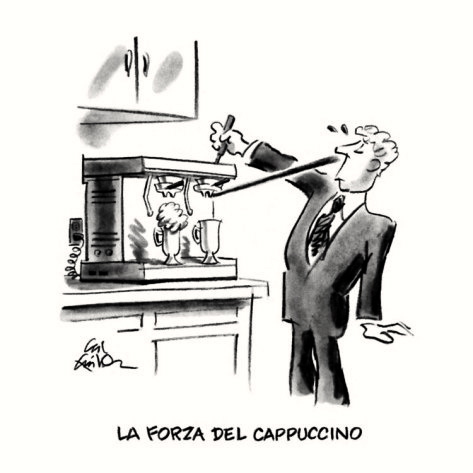







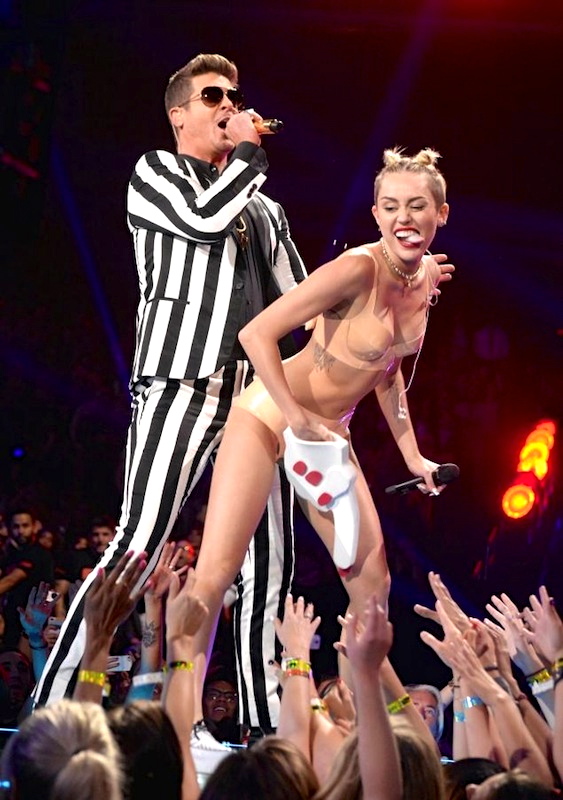



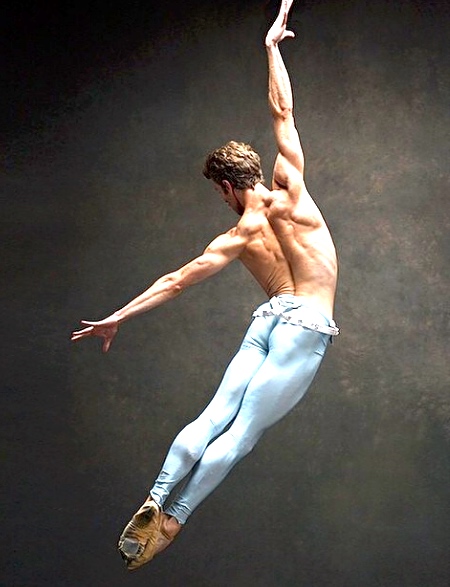









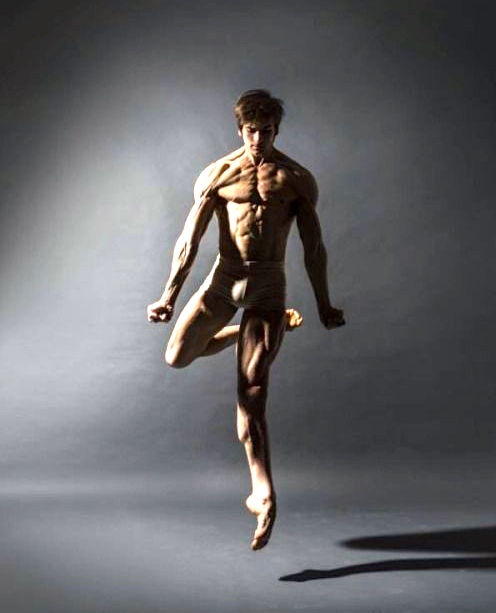
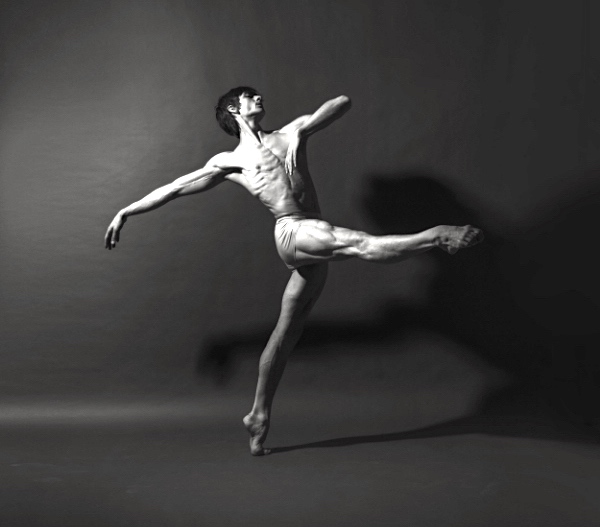


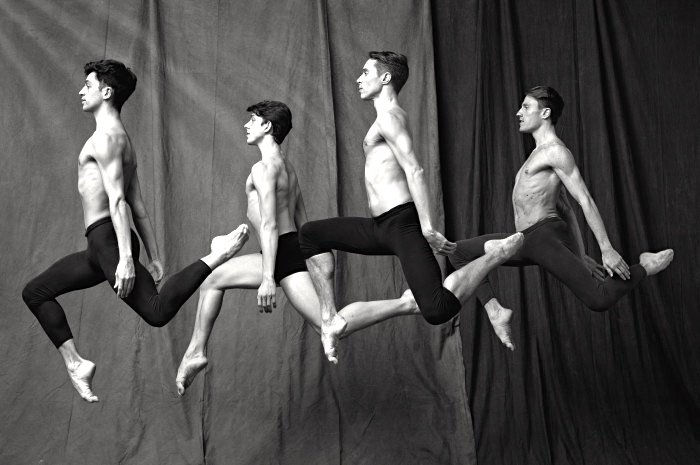
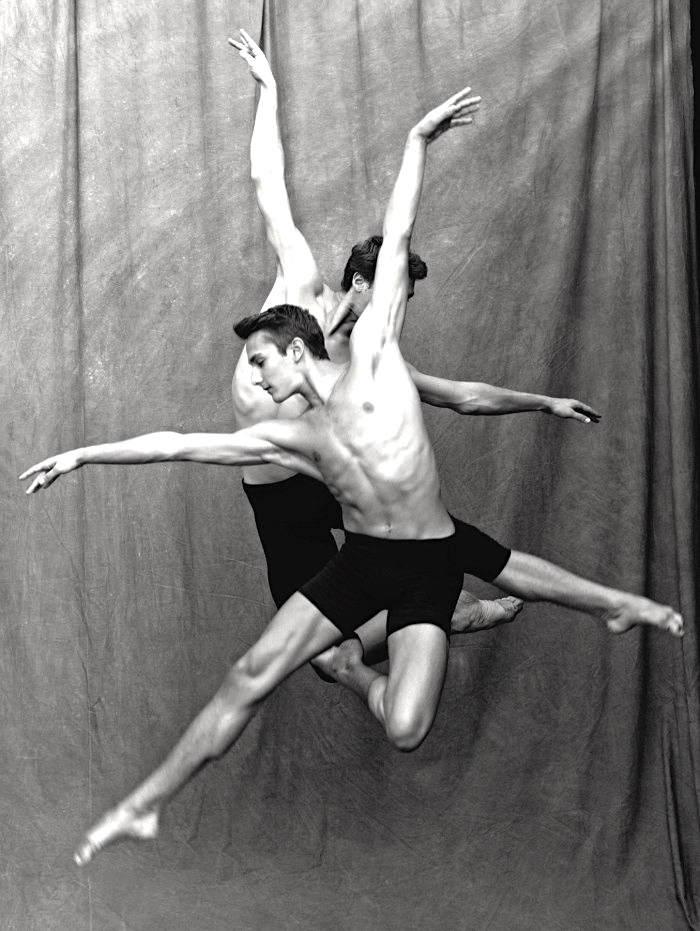







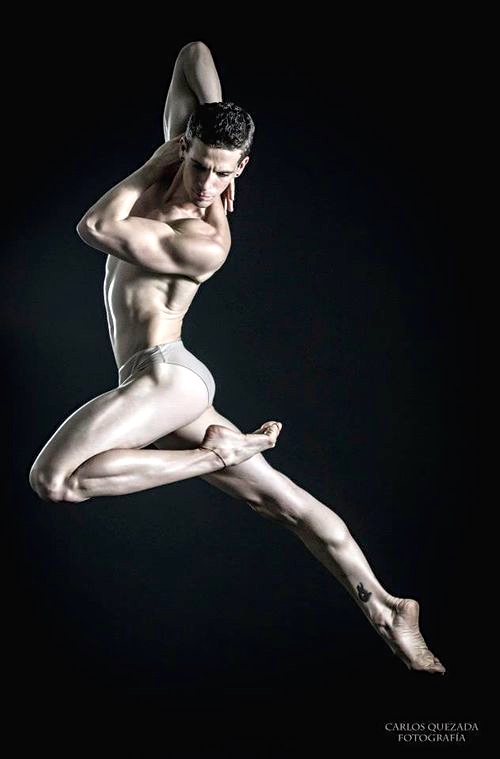





 (#8)
(#8)




 (#2)
(#2)


